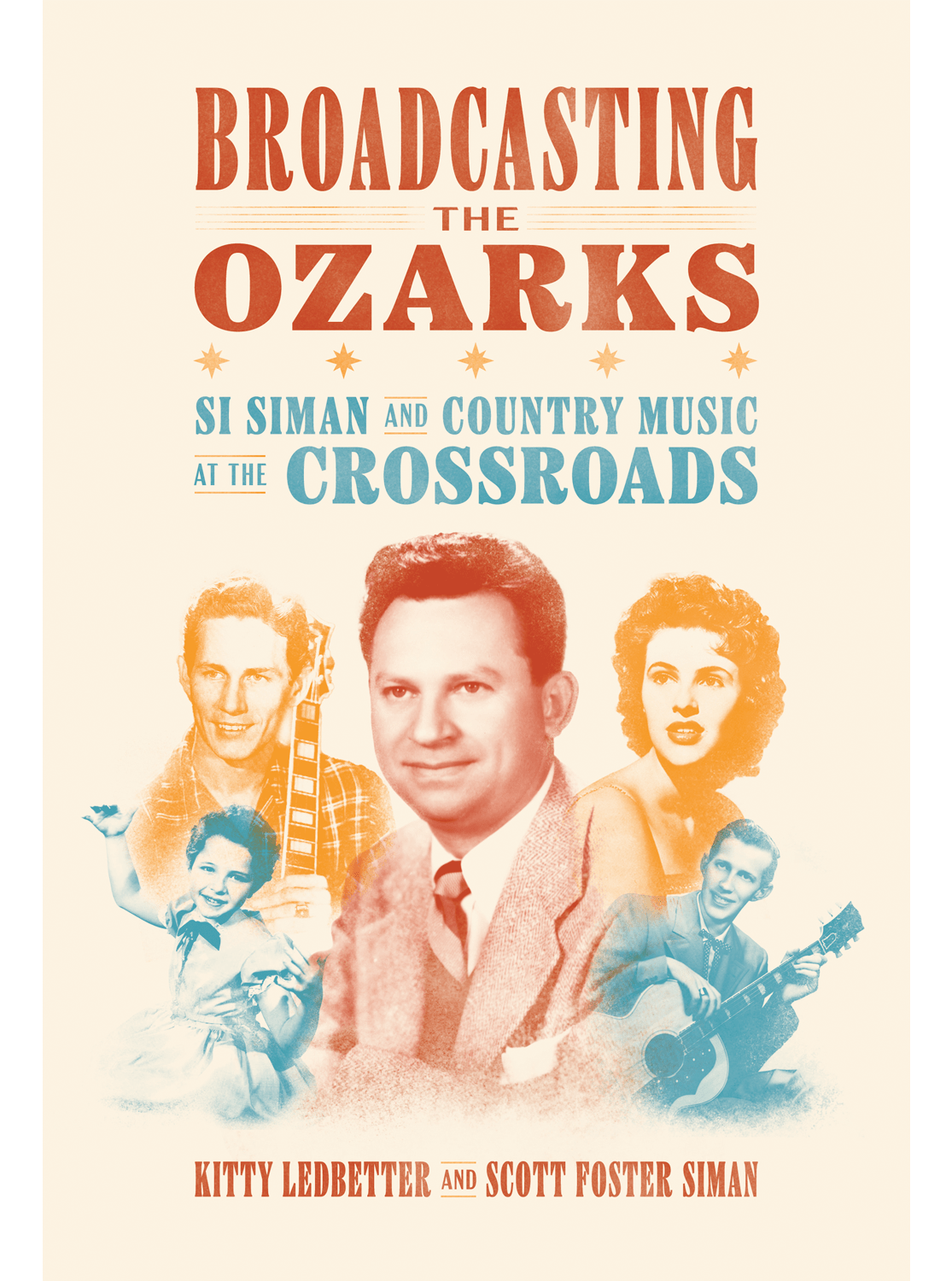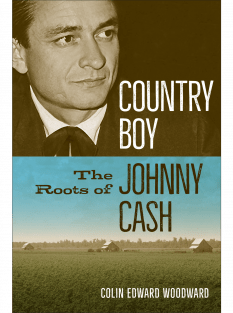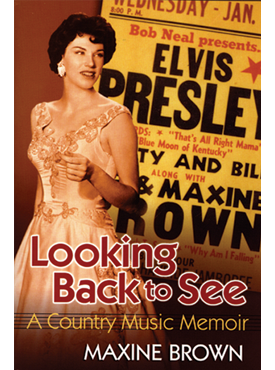“It’s good to see Si Siman and the Ozark Jubilee get their due in Broadcasting the Ozarks.”
—Willie Nelson
Broadcasting the Ozarks explores the vibrant country music scene that emerged in Springfield, Missouri, in the 1930s and thrived for half a century. Central to this history is the Ozark Jubilee (1955–60), the first regularly broadcast live country music show on network television. Dubbed the “king of the televised barn dances,” the show introduced the Ozarks to viewers across America and put Springfield in the running with Nashville for dominance of the country music industry—with the Jubilee’s producer, Si Siman, at the helm.
Siman’s life story is almost as remarkable as the show he produced. He was booking Tommy Dorsey, Ella Fitzgerald, and Glenn Miller during the mid-1930s while still a high school student and produced nationally syndicated country music radio shows in the decades that followed. Siman was a promotional genius with an ear for talent, a persuasive gift for gab, and the energy and persistence to make things happen for many future Country Music Hall of Famers, including Chet Atkins, Porter Wagoner, the Browns, and Brenda Lee. Following the Jubilee’s five-year run, Siman had a hand in some of the greatest hits of the twentieth century as a music publisher, collaborating with such songwriters as rockabilly legend and fellow Springfieldian Ronnie Self, who wrote Brenda Lee’s signature hit, “I’m Sorry,” and Wayne Carson, who wrote Willie Nelson’s “Always on My Mind.” Although Siman had numerous opportunities to find success in bigger cities, he chose to do it all from his hometown in the Ozarks.
Kitty Ledbetter is professor emerita of English at Texas State University. She formerly served as editor of the Journal of Texas Music History. Before entering academia, she was a country music disc jockey at radio stations in Missouri, Texas, Louisiana, and North Carolina.
Scott Foster Siman, son of Si Siman, is a country music entertainment executive. He is former chairman and president of the Academy of Country Music and board member of the Country Music Foundation. He currently serves as president of EM.Co, which oversees the management and marketing of country music artist, actor, and author Tim McGraw, among others.
“Like most creative scenes that unexpectedly blossom, Springfield was willed to prominence by a single person: Si Siman, who helped develop the careers of key figures like Chet Atkins, Red Foley, Porter Wagoner, and songwriter Wayne Carson, but whose work on national radio and television—namely ABC-TV’s Ozark Jubilee—served as one of the platforms that mainstreamed country music for suburban America. Siman’s legacy is neatly covered in Broadcasting the Ozarks, written by two people who knew him well: His son Scott Foster Siman, a music executive, and Kitty Ledbetter, a Texas-based writer and academic. Together they document how Siman operated at almost superhuman speed to transform his hometown, at least temporarily, into a city that commanded the attention, and respect, of coastal media. Broadcasting the Ozarks doesn’t just fill a critical gap in country music history; it tells an American success story that could be mythic if it was not so real.”
—Mark Guarino, Missouri Historical Review, January 2025
“Although this new book about the country music scene in Springfield, Missouri (from the 1930s through the 1960s) does not have a lot of direct connection to bluegrass music and its stars, I found it a very interesting and informative read for anyone who is interested in early country and string band music, early radio and early television. The details that are given about the business of early radio and television are fascinating and the stories about the radio and television music stars of the day are equally as captivating. This is a very well researched and well written book that will be of interest to anyone who enjoys reading about the history of music in rural America.”
—Dan Miller, Bluegrass Unlimited, February 2025
“It’s good to see Si Siman and the Ozark Jubilee get their due in Broadcasting the Ozarks.”
—Willie Nelson
“If you have any illusions about Nashville being the sole citadel of country music, then you should read Broadcasting the Ozarks. Who would have thought of Springfield, Missouri? Well, if you were alive during the 1950s and 1960s, you would have been well aware of the bustling musical scene in that city, and of the centerpiece of that activity, the nationally televised Ozark Jubilee. And overseeing it all was the multifaceted promoter and broadcasting executive Si Siman, whose genius for finding and promoting musical talent, both in and outside Springfield, was unsurpassed in the decades before his death in 1994.”
—Bill C. Malone, author of Country Music USA and emeritus professor of history at Tulane University
“This book is an essential addition to any country music lover’s library. Its thorough research, informative history, and approachable writing delighted me at every turn. Broadcasting the Ozarks gave me behind-the-scenes insights and threw a spotlight on an important chapter in the annals of American music. Heartily endorsed.”
—Robert K. Oermann, MusicRow
“Si Siman and the Ozark Jubilee—as well as Springfield, Missouri—are some of the best kept secrets in country music. That should end with the publication of Broadcasting the Ozarks.”
—Don Cusic, country music historian
The Ozarks Studies series acknowledges the awakening of a scholarly Ozarks studies movement—one that crosses disciplinary boundaries as it approaches regional study from a variety of vantage points—and positions the University of Arkansas Press as the publisher at the forefront of the movement. As the only university press headquartered within the Ozarks region and as a press with a solid background in the publication of books on the region—Rafferty’s The Ozarks, Land and Life, Morrow’s Shepherd of the Hills Country, Harper’s White Man’s Heaven, Sizemore’s Ozark Vernacular Houses, and many more—the University of Arkansas Press is ideally suited for the first series that will level a scholarly eye on the Ozarks and Ozarkers.




